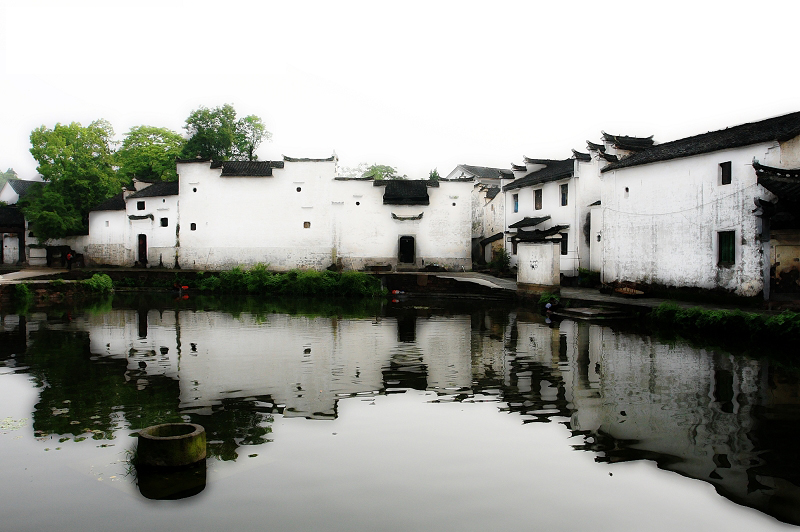Forum discusses strategy for protecting villages

Zhuge Village, located in Lanxi City, Zhejiang Province, is the largest settlement ever found of the descendants of Zhuge Liang, the outstanding statesman and strategist during the Three Kingdoms period (220-280 CE) in Chinese history.
Hosted by the Chinese Society of Agricultural History and organized by the Institute of Chinese Agricultural Civilization at Nanjing Agricultural University, the Forum on Traditional Chinese Village Protection drew more than a hundred scholars on May 20-21.
Multiple values
Famous old towns and villages have witnessed ages of Chinese rural history, embodying not only past cultures but also ancient architectural technologies and modern commercial values, said Long Wenjun, a research fellow from the Research Center for Rural Economy under the Ministry of Agriculture of China.
The physical places and objects within traditional villages, such as old houses, buildings, bridges, roads, trees and carved paintings, carry value as tangible heritage, said Shi Youming, a research fellow from Jiangxi Academy of Social Sciences.
Shi added that village culture has intellectual and educational value in the sense that it implies the cohesion that enables the constant renewal of China’s rural community. In addition, these villages also have academic value as a source of living research materials for the study of traditional Chinese culture, Shi said.
Degrading authenticity
Though considerable manpower and resources have been devoted to the cause, efforts to protect China’s traditional villages still face an uphill battle. One of the grave problems is degrading authenticity—an inability to faithfully represent cultural traditions—caused by weak consciousness of protection from the village residents, insufficient financial investment and a lack of inheritors of folk culture, Long said.
“To address the problem of limited financial investment, the tourism industry could plausibly provide the economic basis for village protection. Nevertheless, excessive tourism has wreaked irreversible havoc on the ecological environment and historical culture of some villages,” said Shi, who calls for striking a balance between protection and exploitation.
Long proposed to coordinate conservation efforts under the guidance of the government in an incremental and systematic way. The physical shapes, structures, landscapes, and cultures of the villages defined by tangible heritages and intangible heritages should be further clarified for effective protection.
Industrial support
“The protection of an old village can only be sustainable when it is vibrant,” which requires industrial support and technical underpinnings,” said Wang Siming, director of the Institute of China Agricultural Civilization at Nanjing Agricultural University. He said the vitality of agricultural heritage sites such as traditional villages, is dependent on a pluralistic industrial model that combines the historical culture and natural resources.
Wang Jingxin from the Land Academy for National Development at Zhejiang University agreed. He noted that it is essential to properly balance tradition and modernization when preserving traditional cultures. As constant process of maintenance, repair and rebuilding is taking place, rational planning is needed to guide the industrial development of the villages, which should extend beyond the sector of tourism, he said.
WANG GUANGLU is a reporter at the Chinese Social Sciences Today.

 PRINT
PRINT CLOSE
CLOSE